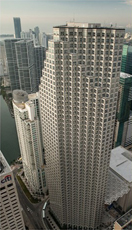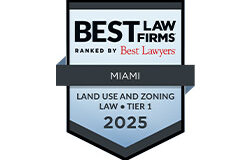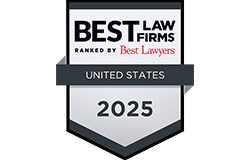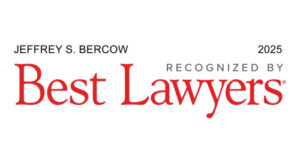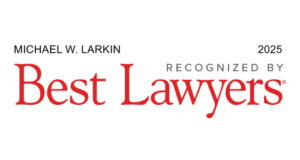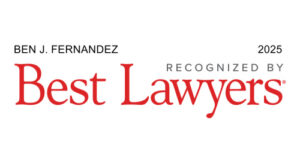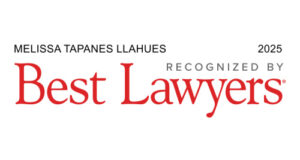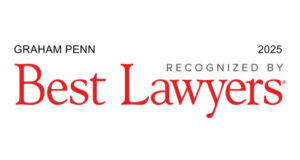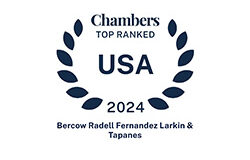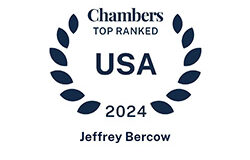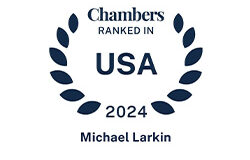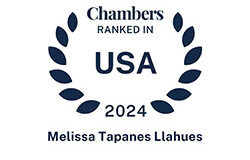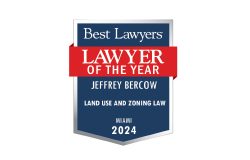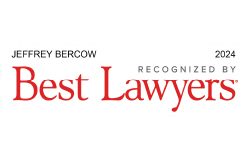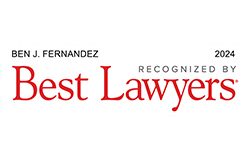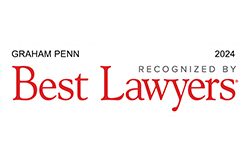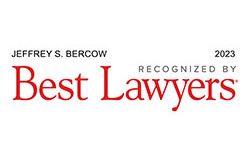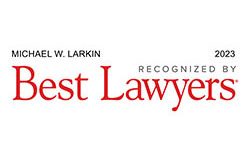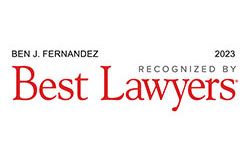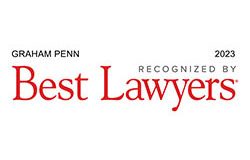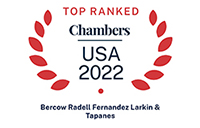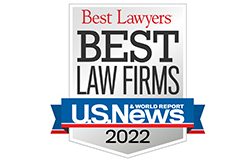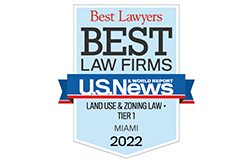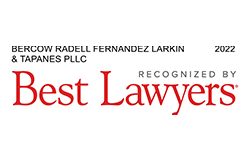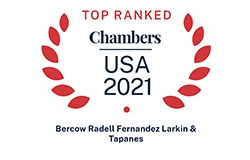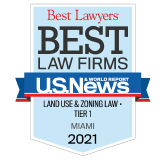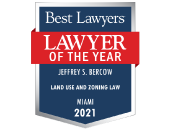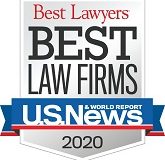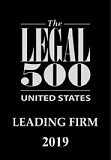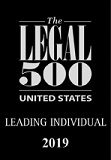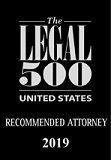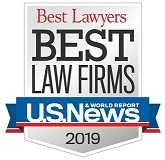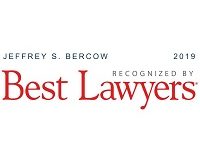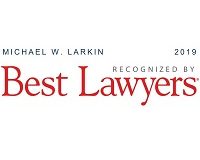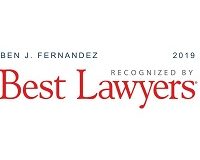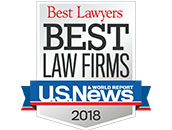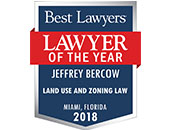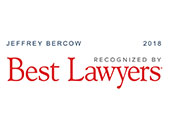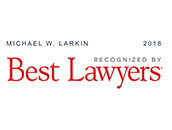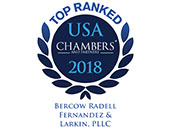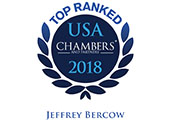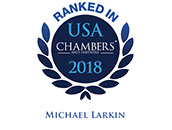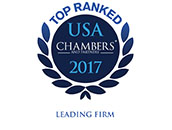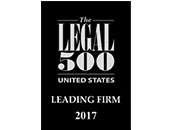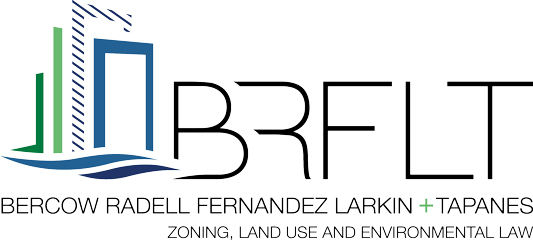Pelican Harbor Seabird Station, Inc.
Our firm currently represents Pelican Harbor Seabird Station, Inc. pro-bono in their development efforts to bring a much-needed state of the art wildlife hospital and rehabilitation center to an idyllic vacant archaeological site spanning approximately 2.63 acres in the City of Miami abutting the Little River. Pelican Harbor is a renowned wildlife rehabilitation center with partnerships with Federal, State, and local enforcement agencies such as the U.S. Fish and Wildlife Service, Florida Fish and Wildlife Conservation Commission, Miami-Dade Fire Rescue Department, and Ocean Rescue.
Despite having cared for nearly 40,000 patients from around 300 different native species, Pelican Harbor currently operates from a modest 950-square-foot building within Miami-Dade County’s Pelican Harbor Marina. This new community center will help expand and bring to life the organization’s mission to rescue, rehabilitate, and conserve pelicans, seabirds, and other native wildlife.
The proposed facility encompasses a 2-story rehabilitation building with a community-focused education center, as well as a smaller structure along the primary frontage. These buildings occupy less than 5% of the site, with nearly 50,000 square feet of open space.
The project required approval for Future Land Use Map, rezoning, the release of an existing affordable housing covenant, and zoning approvals to allow the use and proposed site plan. Our representation extended to assisting Pelican Harbor with a claim on its property title insurance due to the inclusion of South Florida Water Management District waterfront land within its fee simple deed.
Thanks in part to our significant community outreach, the project enjoys support from various organizations, elected officials, neighboring property owners, and neighborhood associations, underscoring its significance in the community for wildlife conservation and rehabilitation in urban areas.
See More Case Studies